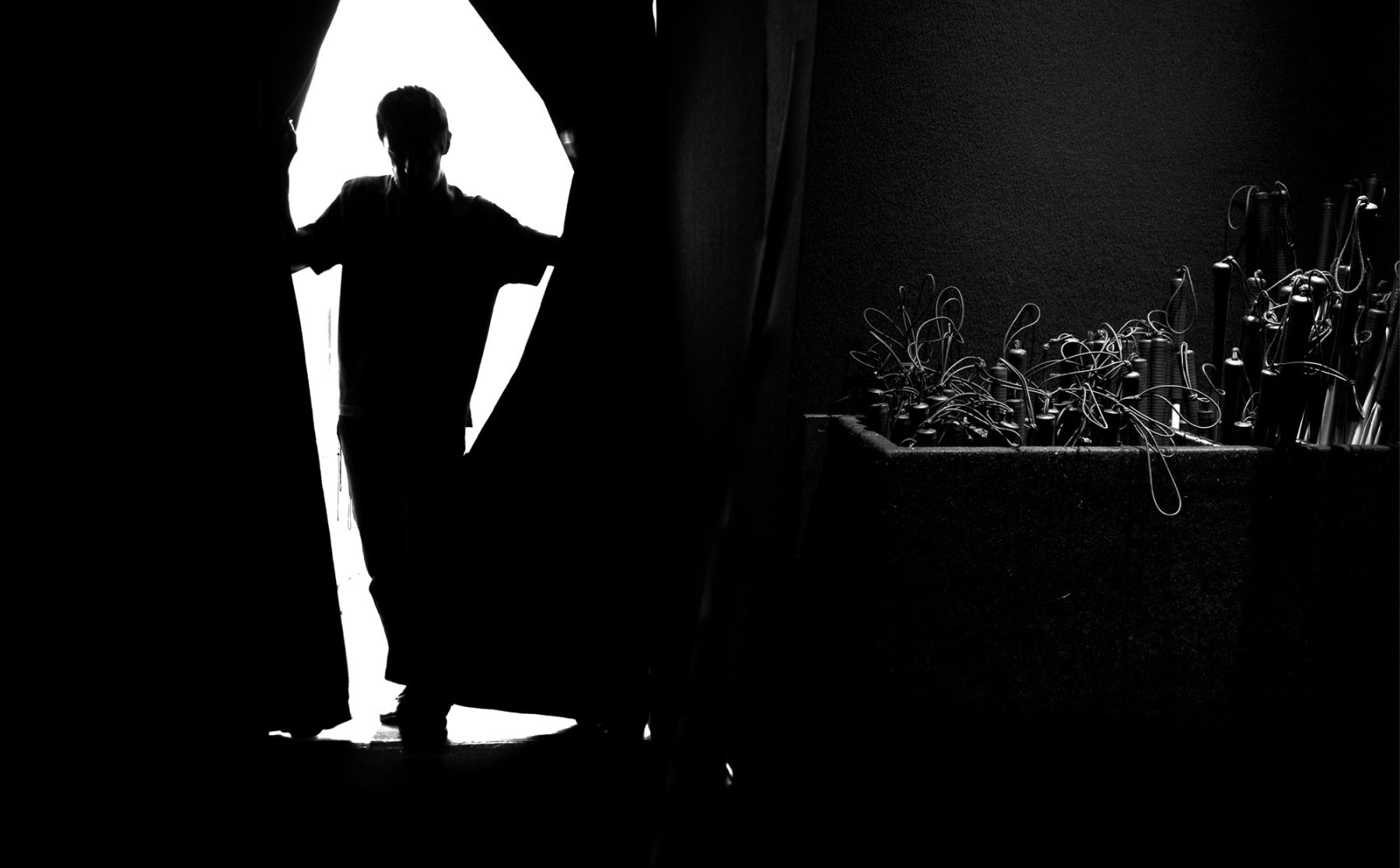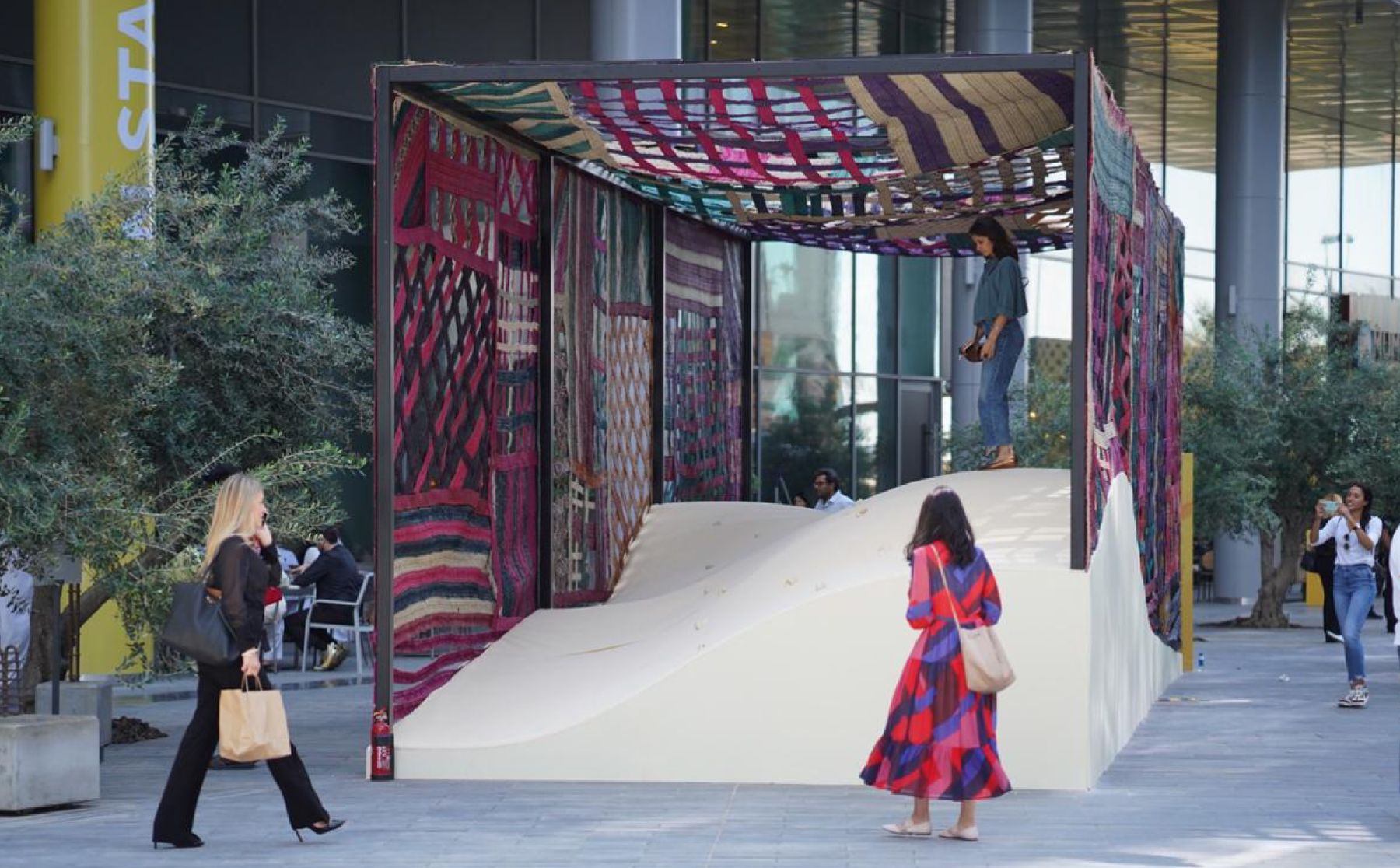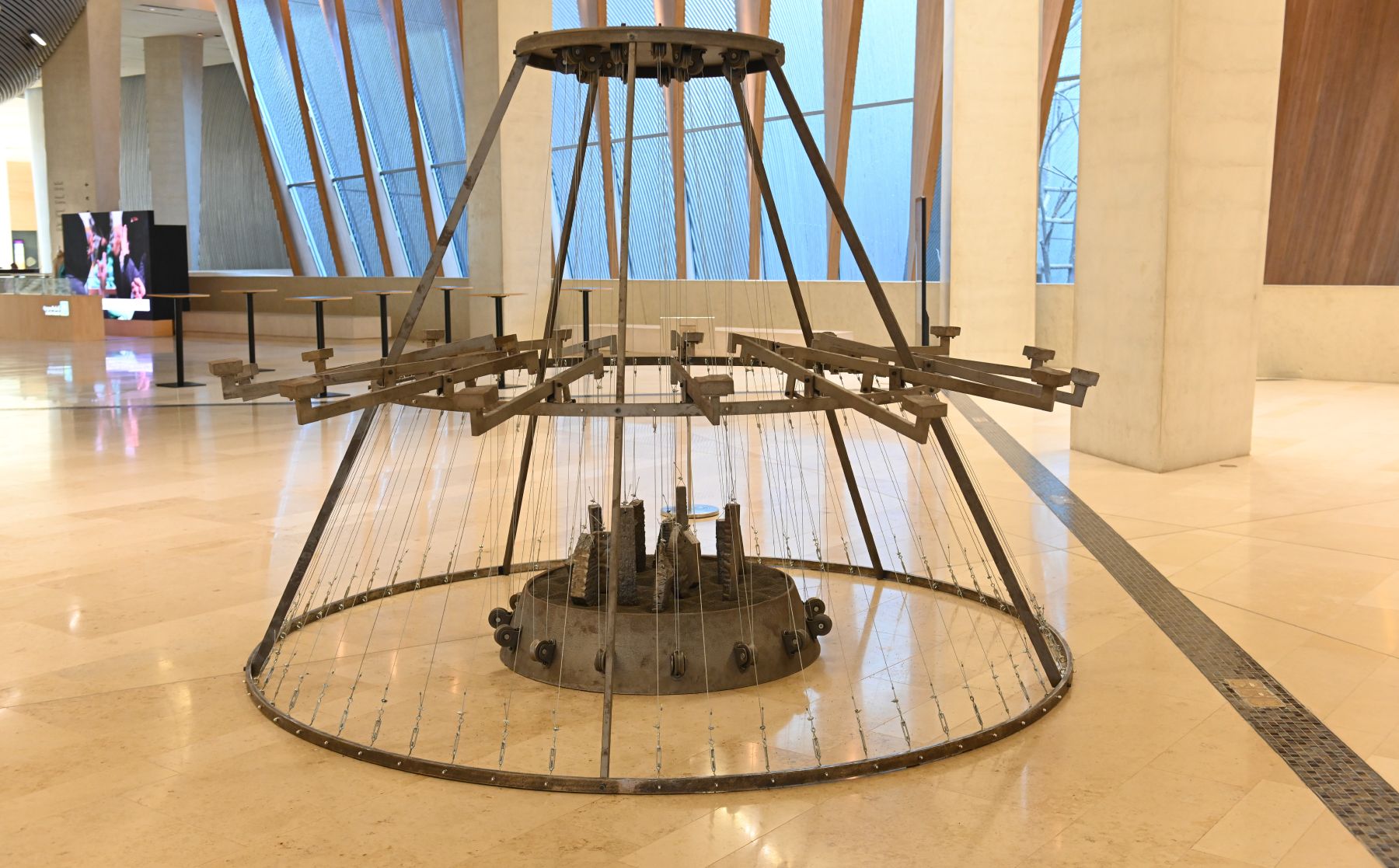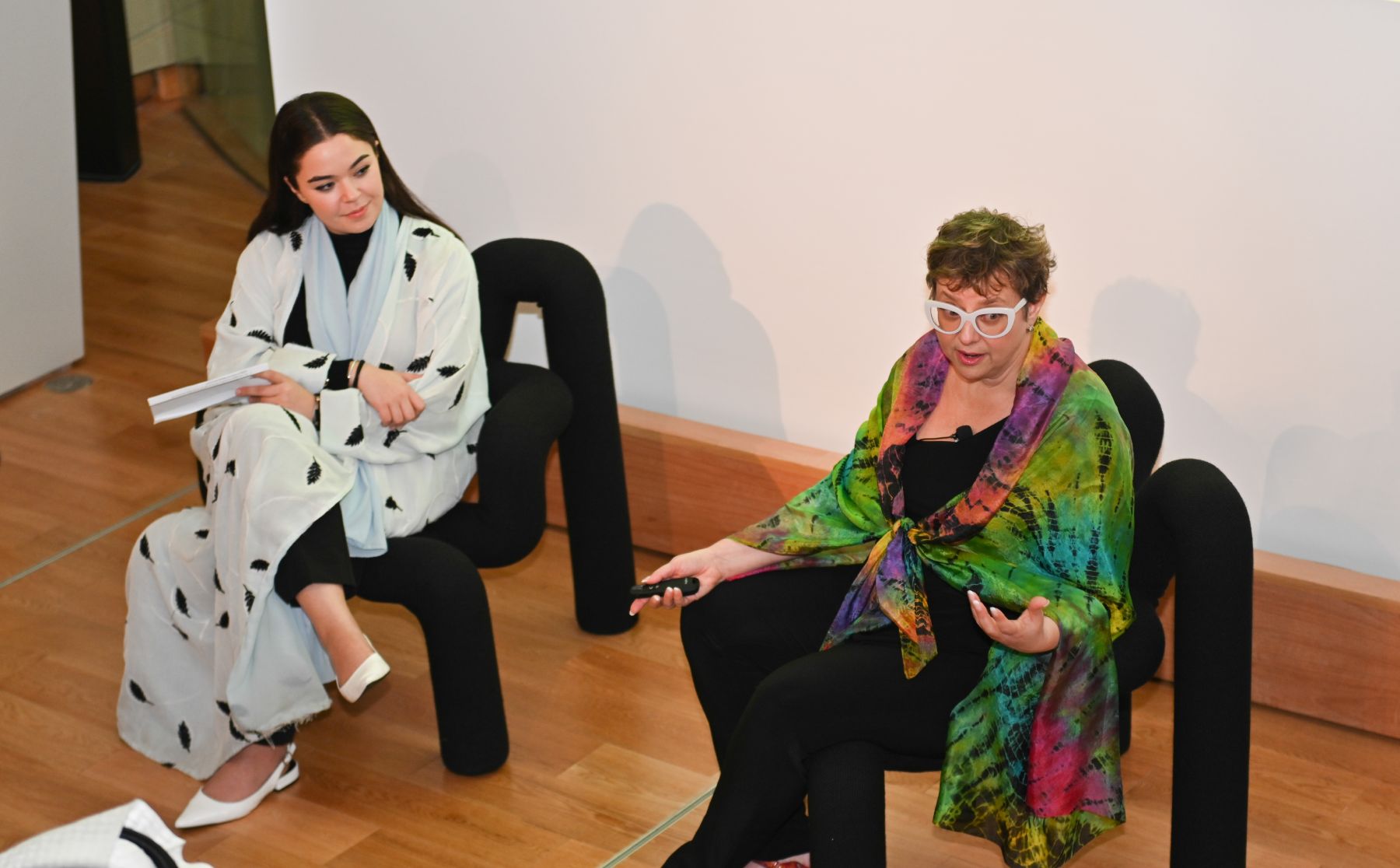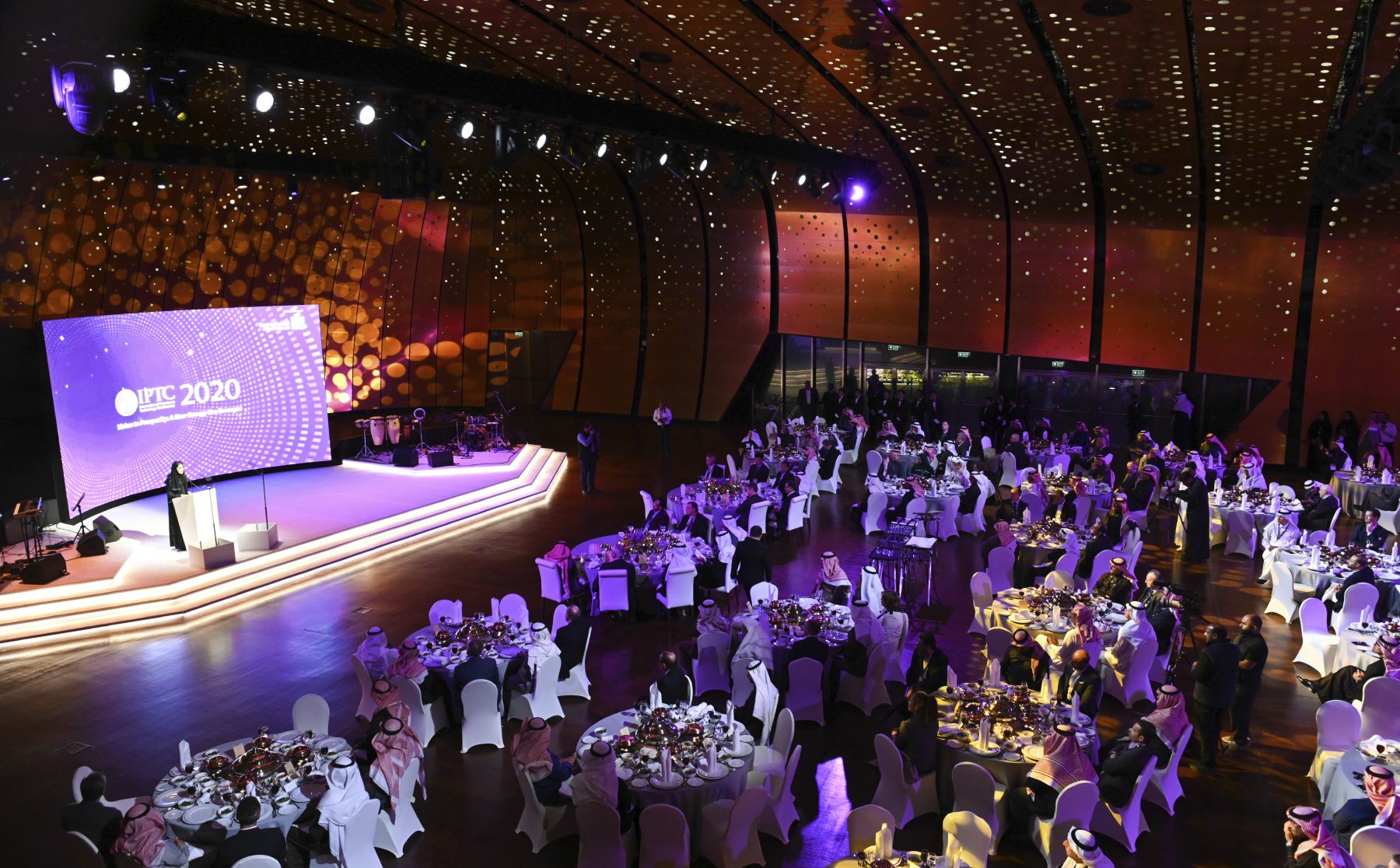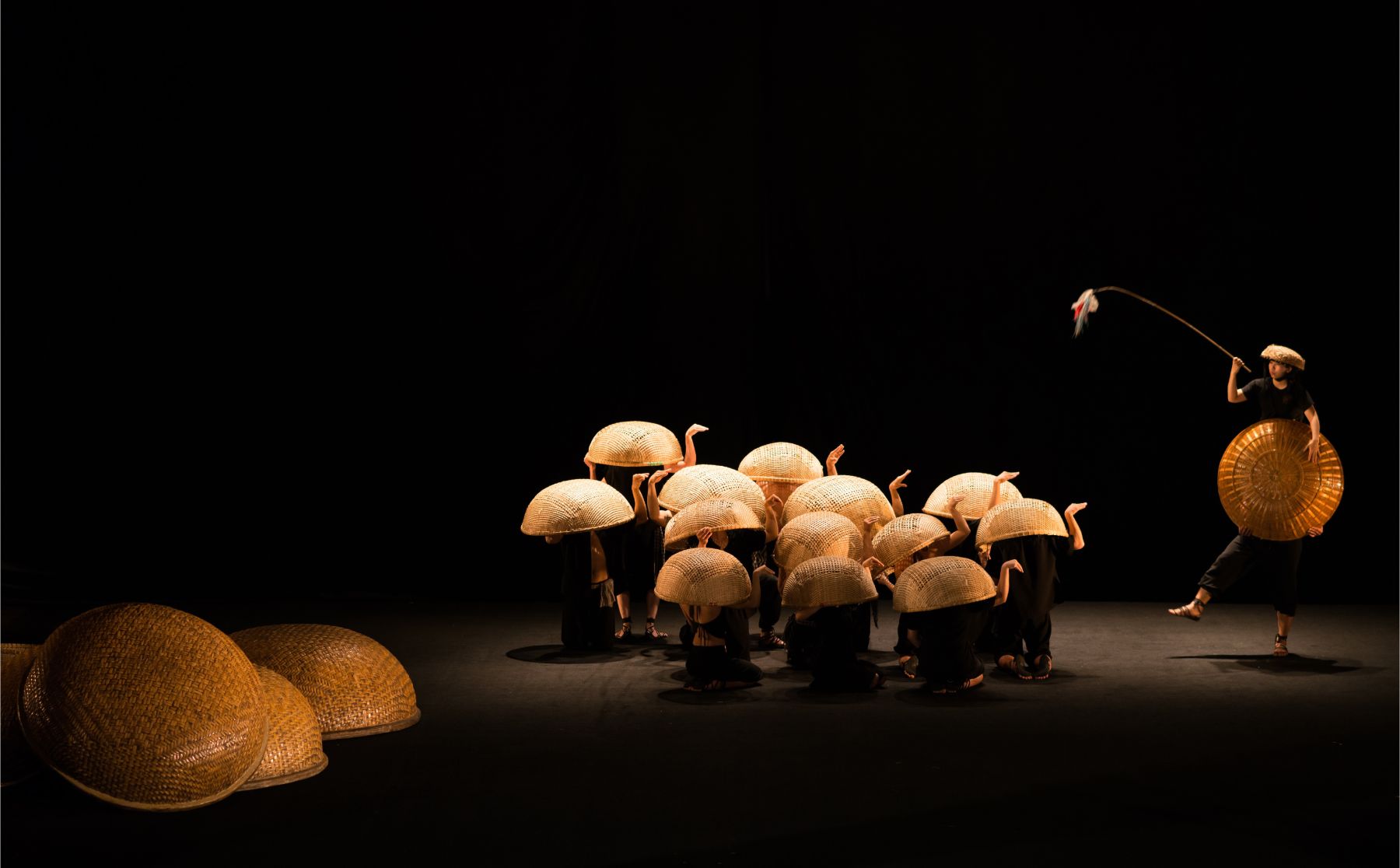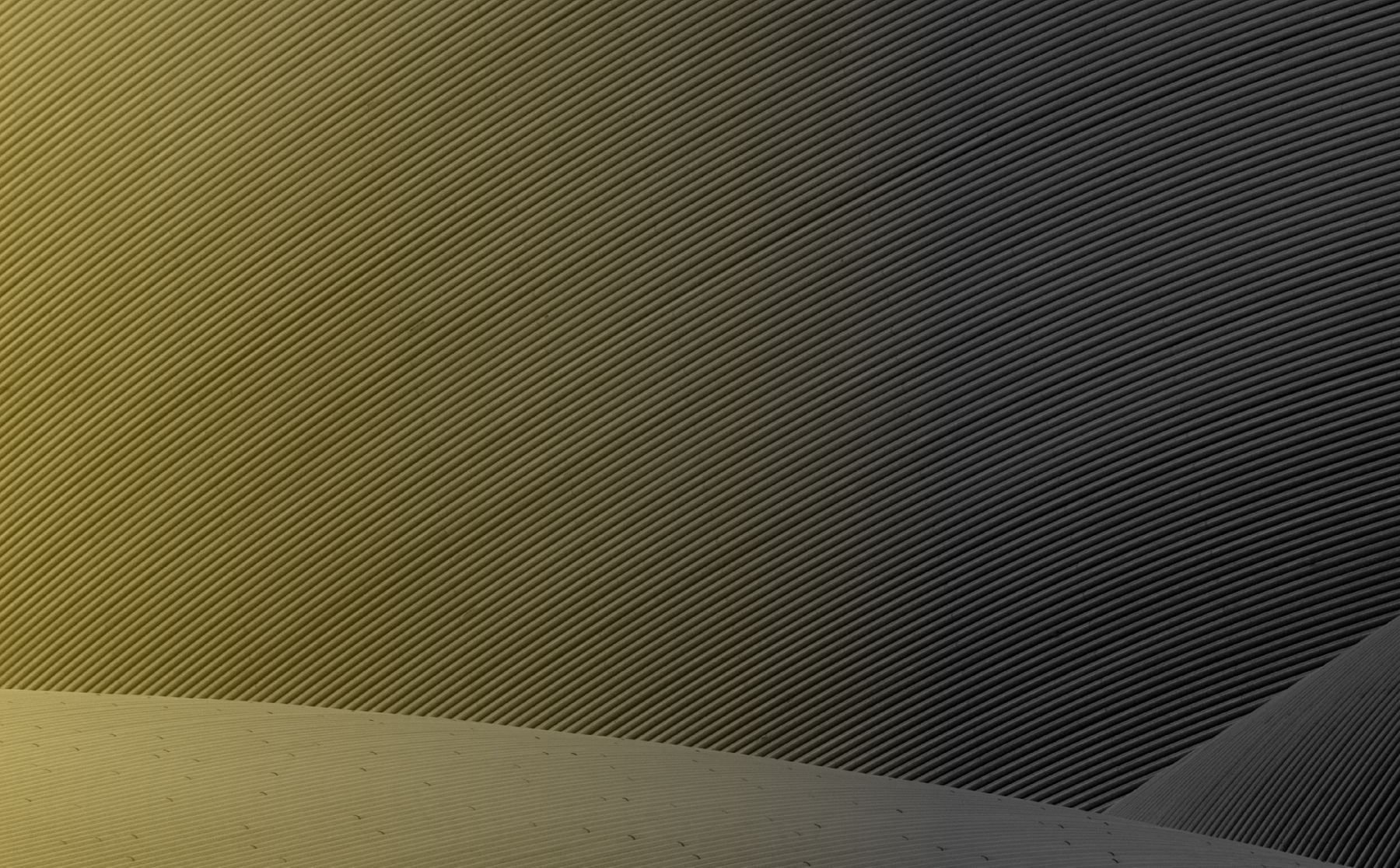On view at the King Abdulaziz Center for World Culture (Ithra) through April 2020 is a lavishly decorated interior space dating from 1766–67. The Damascus Room is one of the most complete and intact Ottoman-era two-tiered reception rooms (known as qa'as) of any museum collection in the world. Ithra sponsored the conservation of the Damascus Room, which was removed in 1978 from a courtyard home in the alBahsa quarter of Damascus before the house was razed to make way for a new road. After being on display for two years at Ithra, the room and the 130 objects from the related exhibition Beauty and Identity: Islamic Art from the Los Angeles County Museum of Art, will go to LACMA.
The Damascus Room is a type of reception room that opened onto the central courtyard of a house. The architectural logic of such homes generally resulted in structures that were relatively plain from the outside, but fine and comfortable on the interior. The style and placement of the courtyard provided maximum comfort and cooling during the warm seasons. Qa’as are sometimes called “winter reception rooms” and they would be used to receive guests in times when the cooler temperatures favored interior spaces. The Damascus Room is divided into two similarly-sized sections, the ground level entry space (‘ataba) and the elevated reception area where visitors would repose (tazar). Several of the room’s windows, which still have their soffits and shutters, opened onto the central courtyard.
At the core of this sponsorship project and the original intent of the Damascus Room is the famously welcoming and generous spirit of Arab hospitality. Qa’as are reception rooms specifically designed to generously and comfortably receive visitors. Ithra’s role with Beauty and Identity was not only the hosting of the exhibition for two years, but the sponsorship of the conservation of this room so that it could enter LACMA’s permanent collection and illustrate this fundamental aspect of Arab culture. The room itself is a monument to Arab hospitality, both through its original intent and its meaning now as it enters LACMA’s collection with Ithra’s sponsoring assistance.
The room — unveiled to the public for the first time at Ithra — is unusual for several reasons. To begin, rather than being built up or improved over many years as styles and fashion would ebb and flow with the vicissitudes of taste, this room appears to have been created in a single workshop and then kept largely intact. This means that the room represents an unusually coherent cross-section of a historical moment – literally 1766 – 67. This also likely made the room easier to dismantle and conserve 250 years later.
This Ottoman-era Damascene room stands out from others in museum collections in part because its painted wood panels were not updated or re-varnished. It is almost completely original and is not obscured by layers of darkened varnish like the other examples in the United States such as those at the Metropolitan Museum of Art in New York, the Cincinnati Art Museum of Art and the Shangri La in Hawaii. The only two comparably intact period qa’as that remain are among the 200-300 interiors still in the Old City of Damascus.
The room on display at Ithra was dismantled in 1978 and taken to Beirut where it remained in storage for more than three decades before being acquired by LACMA in 2014.
The conservation of the Damascus Room began without any structural documentation or in situ photographs. Throughout the room, however, the walls feature a series of 30 panels of gold thulth script containing 15 lines of the thirteenth-century text Hamziyya by the Egyptian poet Sharaf al-Din Muhammad b. Sa’id al-Busiri (d.c. 1294-97). Between the text and the fact that the room had originally been built off-site before being assembled in situ — the panels were joined by mortise and tenon joints and nailed to the wall of the house — the Damascus Room was conserved with a high degree of confidence.
The result of the years-long project is an extraordinary architectural space that sparkles with the glow of its 250 year-old artistic goals. Painted blue panels are set off by glazed metal foil ornamentation. Yellow and teal forms create a geometrical backdrop for the floral forms featured on the cornices and cartouches. Textures are used to set off the elements of the vibrant palette: matte areas, metallic elements, and occasional satiny passages. Pink sections (now somewhat faded by light exposure) were set off by a pervasive aubergine. As well, the painted wood sections are decorated, as was the relatively common custom, with a type of gypsum and glue raised relief painting technique called “al-‘ajami” in Arabic.
The sumptuousness of the color palette of the Damascus Room is expanded by the range of material textures, from the ranging hues of the polished stone floor to the thulth-covered panels, the room-dividing archway of inlaid and painted cast-plaster voussoirs, glazed ceramic capitals, carved and painted wood, polychrome plaster and much more. Of course, the textures of the room move from visual to tactile with the presence of pillows, cushions and carpets. As beautiful as it is, the Damascene room is clearly a place of comfort.
The decorative imagery is largely floral and includes a visual vocabulary of fruits, nuts and local pastries — refreshments that were undoubtedly served to welcomed guests. From the beginning, the Damascus Room was a place dedicated to Arab hospitality.
In celebration of the institutional partnership, Beauty and Identity also features an exhibition of 130 objects (20 were rotated out for a total of 150) from LACMA’s vaunted collection of Islamic art. The objects include ceramics, paintings, textiles, armor, blown glass, carved and inlaid wood, metalwork, calligraphy and more.
Some of the exhibition objects might have been displayed in qa’as like the Damascus Room for the enjoyment of the guests. Others were used for worship, study, war or commerce. Particularly intriguing are the works of mouth-blown glass since glassblowing was invented in Syria just over 2,000 years ago. While the aesthetic value of many of the objects is obvious, the appearance of others hardly begins to reveal their stories. A length of red silk satin covered in calligraphic forms could appear as a contemporary work, but it is actually a seventeenth- or eighteenth-century Ottoman-era textile from the interior of the Ka’ba; it is an object of extraordinary holy history. Another particularly remarkable group of objects is a series of illustrations for the Shahnama — the Book of Kings — Persian miniatures that depict the stories of pre-Islamic Persia. LACMA’s collection also features some unexpected gems, such as a ceramic bowl decorated with Chinese-style phoenix forms and a thirteenth-century gilded brass astrolabe made in Seville, Spain; for the Muslim world, astrolabes were more than navigational devices since the times of Salat — the daily traditional Islamic prayers — are determined by astronomy.
While the objects of Beauty and Identity come from around the Islamic world, many are very much the things one might find in qa’as like the Damascus Room now on view at Ithra: goblets, bowls, platters, lamps, textiles, objects of devotion, bottles, jars and more. In the room, we can see shelves and places to display such treasures. Along with the architectural accomplishment of the room, these would represent status and erudite taste of the owner, but they also echoed the ethic and moral spirit of Arab hospitality. We can stand in the space where the owners of a house in Damascus welcomed visitors and offered them tea, dates and baklava. And now through the partnership of Ithra and LACMA, this hospitable space can be open to the public.


